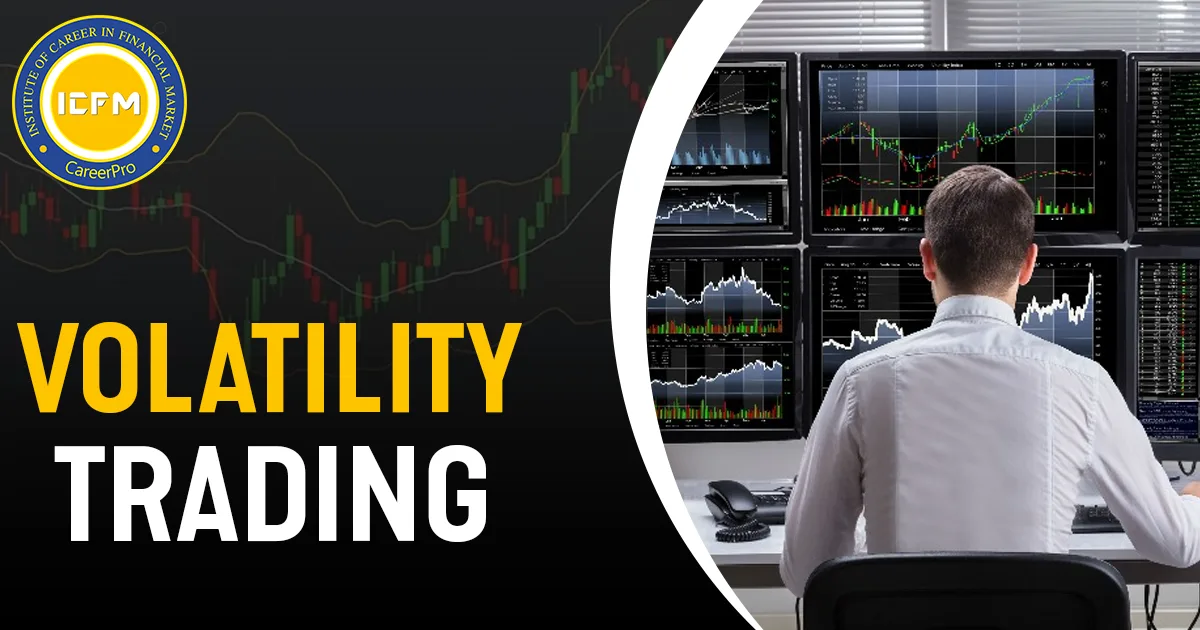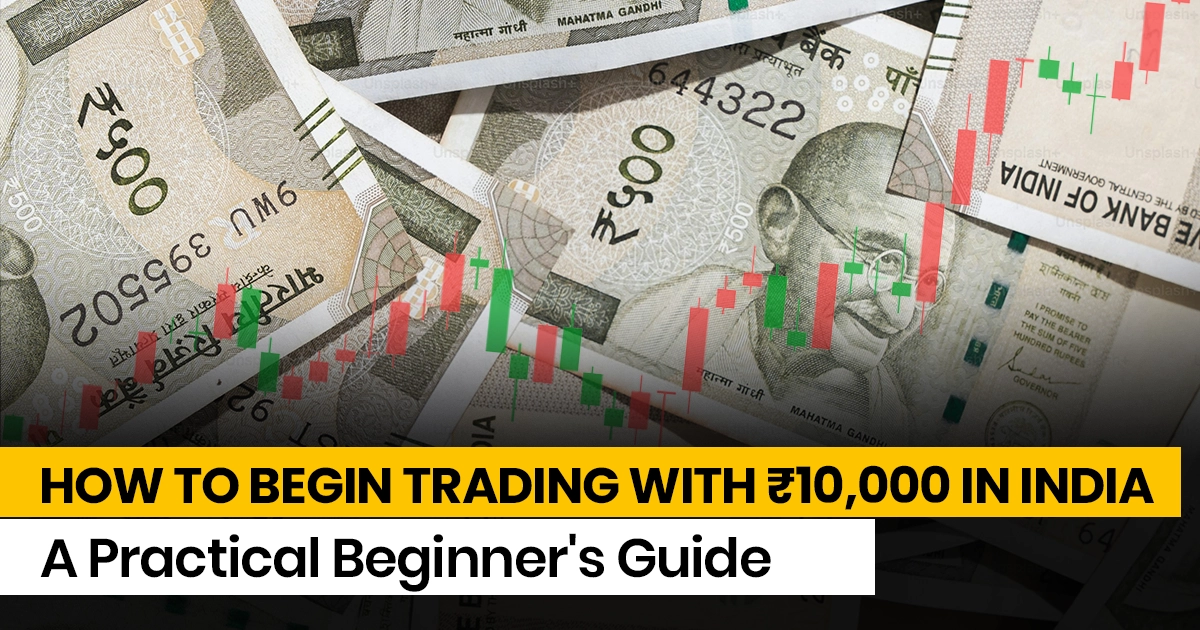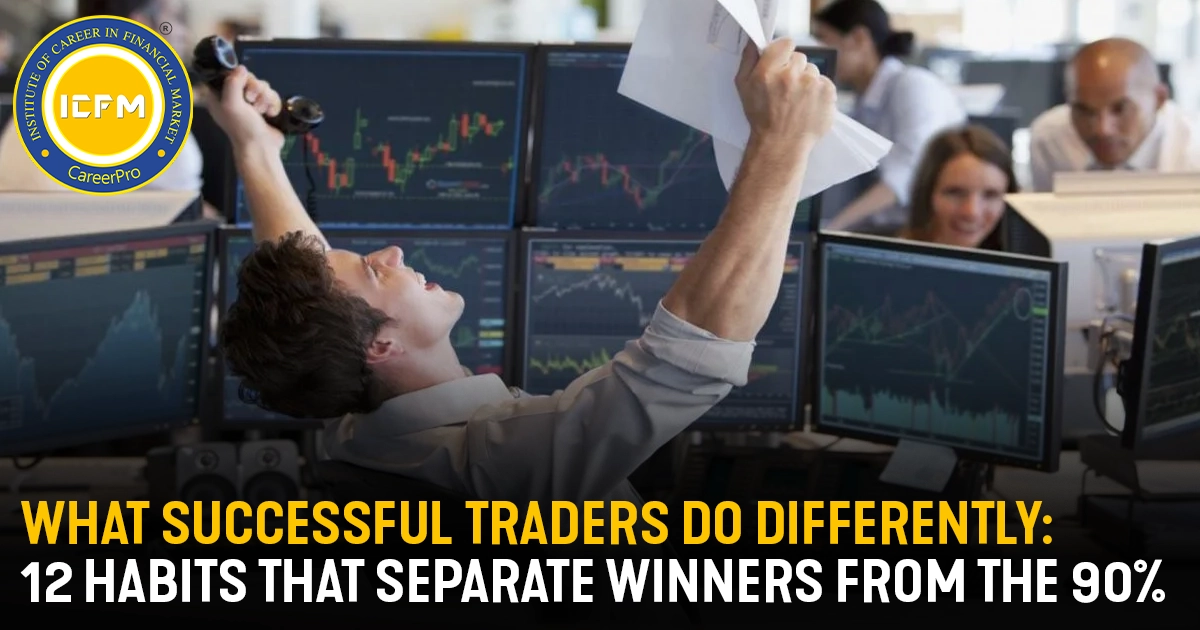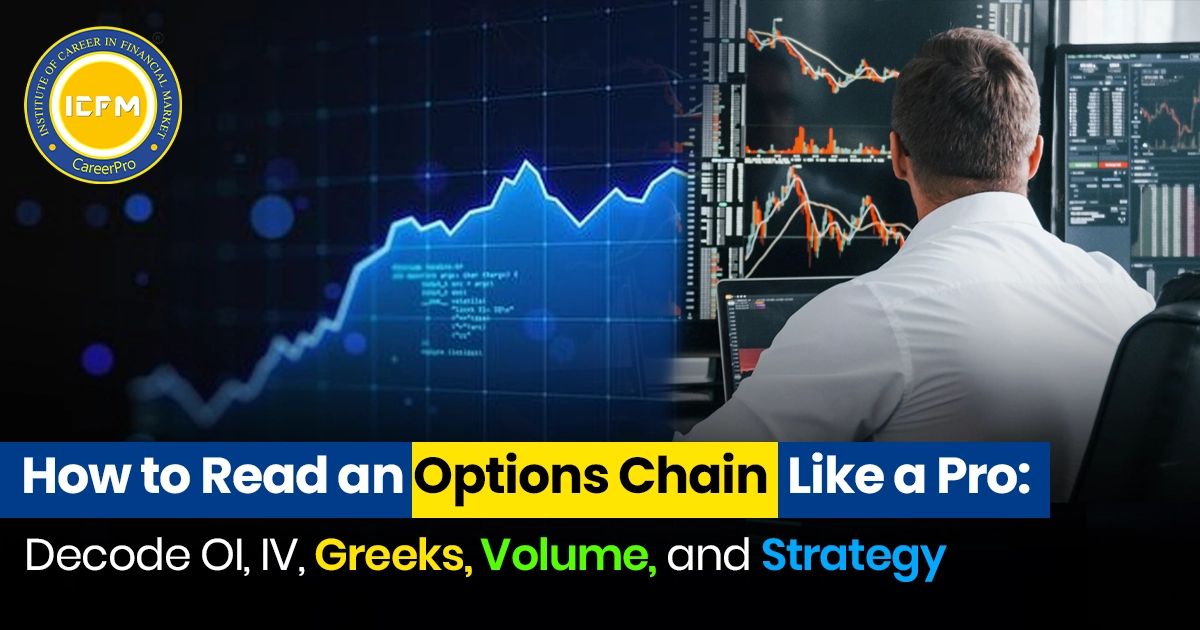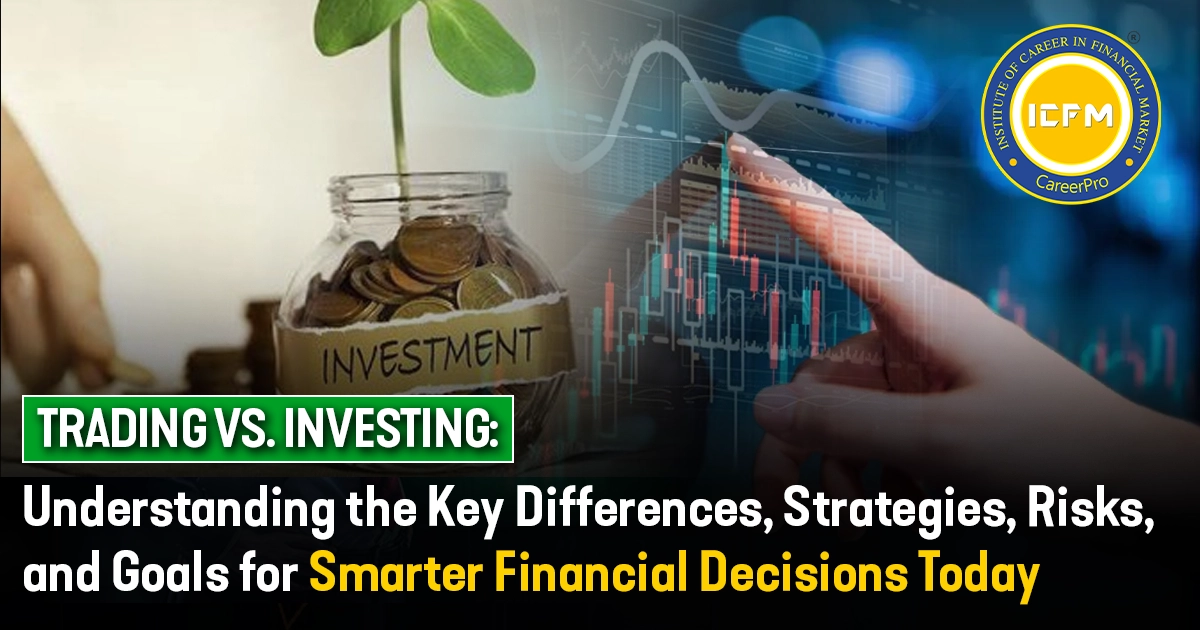The general approach towards volatility trading, in general, within financial markets has always focused on variations of price rather than a direct movement in asset price directions. It is known in the derivative markets that in some cases, volatility works and has proven to be an exceptionally powerful measure in the markets, mainly in the use of options wherein its significant margin can be able to work out by offering lucrative profit-generating scenarios at any kind of direction. Overview of key issues in volatility trading: from the basics of volatility itself to strategies for trading the same and good risk management practices in volatile markets.
Understanding Volatility in Financial Markets
Volatility in finance can simply be said to be the rate at which the price of an asset changes during a given period. In other words, it is the magnitude of fluctuations in the price of the asset concerning time, quite often driven by market sentiment, economic data, and worldwide events.
- Implied Volatility (IV): Implied volatility is the expectation of future price movements by the market. It determines the price of options and is a very significant metric for option pricing. The higher the IV usually implies more uncertainty in the market.
- Historical volatility refers to the actual past movement of the price of an asset over a given period. Unlike implied volatility, HV is backwards-looking and does not necessarily predict the future.
Volatility, however, remains one of the most important aspects of options trading because it has a direct impact on the price of options. In general, the higher the volatility, the higher is the premium of options, especially those that are far from the strike prices. Such a relation forms the basis of several strategies related to volatility trading.
Strategies for Trading Volatility
There are many volatility-based strategies, applicable to different market conditions and risk preferences, by which a trader can use various volatilities.
a) Long Straddle
A long straddle is the purchase of a call option and a put option both with the same strike price and the same expiry date. This is helpful to traders who believe that strong price movement will occur, but cannot predict whether it will be upward or downward.
- How it Works: An asset makes a sharp, one-way move; in such a case, one of the options' values increases while the loss on the other is capped at the premium paid.
- When to Use: The long straddle is used when implied volatility is to rise or an asset is going to have extreme price action due to earnings announcements, among others.
b) Long Strangle
This is a long strangle where the two options; one for call and put, are bought while the out-of-the-money of call and put are simultaneously at different strike prices, different from straddle with having the same strike prices with lower cost but calls for significant price movement in gaining profitability.
- Working: The trader will purchase both an OTM call and an OTM put with the same expiry; this will be cheaper compared to a straddle.
- When to Use: Long strangles are ideal when the traders anticipate high volatility but prefer a cheaper entry than a straddle.
c) Iron Condor
An iron condor strategy, strategy is to capitalize in low volatility environments while expecting the price of an asset to remain within certain levels. It sells simultaneously out-of-the-money calls and puts while buying yet another call and put farther out-of-the-money to limit further potential loss.
- How it Works: The iron condor uses two spreads, call spread, and put spread to capture premium when the asset stays within a given range.
- When to Use: Iron condors are best used in low-volatility markets where the asset price is expected to be relatively stable.
Key Indicators for Volatility Trading
Volatility traders use all kinds of indicators and metrics to gauge possible movement in the market. Several of the most popular include the following:
The volatility in the open and closure of Bollinger Bands means that the higher volatility the price moves towards is in approaching the upper and lower bands.
Average True Range (ATR) gives the measure of market volatility as an average range in terms of price moves that happen in a given timeframe. The more significant the number for ATR, the greater the size of price moves.
Relative Strength Index (RSI): Although RSI is much more of an overbought and oversold indicator, extreme RSI readings often occur before a volatile price action.
Risk Management in Volatility Trading
Specific risks associated with volatility trading always present some specific ones: especially those risks due to unpredictable price swings. Nevertheless, the following are the core principles in managing the risk to the volatility trader:
Position Sizing: With the volatility at play in the market today, position sizing must also be controlled. A huge position will easily translate to a loss of thousands of dollars, worst-case scenario, where without warning, the price begins to move dramatically.
Stop-Losses: Stop-loss orders serve to cap the loss down, especially when positions take the form of a long straddle or strangle whereby both options could collapse on the downside in the case of declining volatility.
Hedging through the Means of Options: Besides risk capping for losses on the loss side, an existing position could also be hedged in protection against extreme moves. Thus, if a trader buys options as protection against volatility jumps.
Benefits and Drawbacks of Volatility Trading
Profits from Volatility Trades- The profit potentials associated with volatility strategies, especially from options, ensure profits irrespective of the direction in the markets and hence enable the trader to capitalize on uncertainty.
Flexibility: Volatility trading has many different strategies depending on the volatility level and allows for the flexibility of adjustment to volatile market conditions.
Drawbacks
Complexity: With volatility trading, especially when trading options, the traders need to have knowledge about complex concepts and strategies, such as implied volatility and the Greeks.
Time Decay: Time decay is another synonym for theta in options. When the asset does not move sizably within the expected timeframe, profits within strategies like straddles and strangles might be impaired.
Conclusion: The Art of Volatility Trading
This allows volatility traders to reap benefits from the directional movement of a market even in the absence of having predicted which direction it would take. All this can be possible only if a trader is familiar with the basic principles, uses the right kind of strategies, and carries out very tight risk management measures. This trading can go about through options like straddles, strangles, and hedging instruments like VIX.


